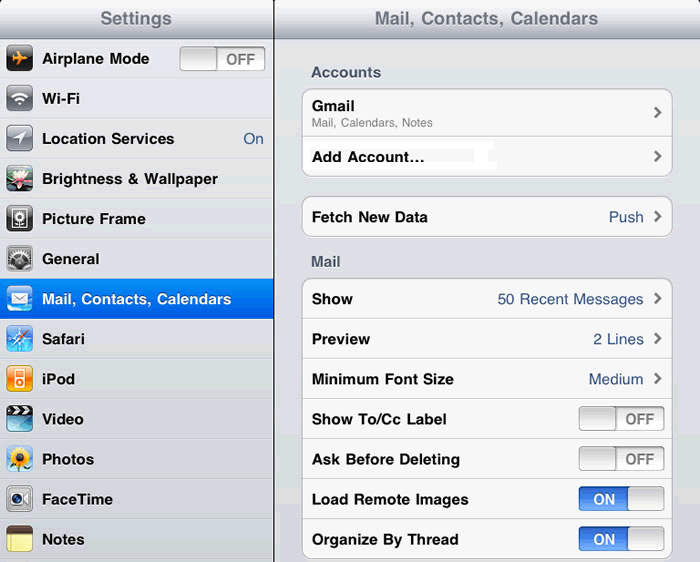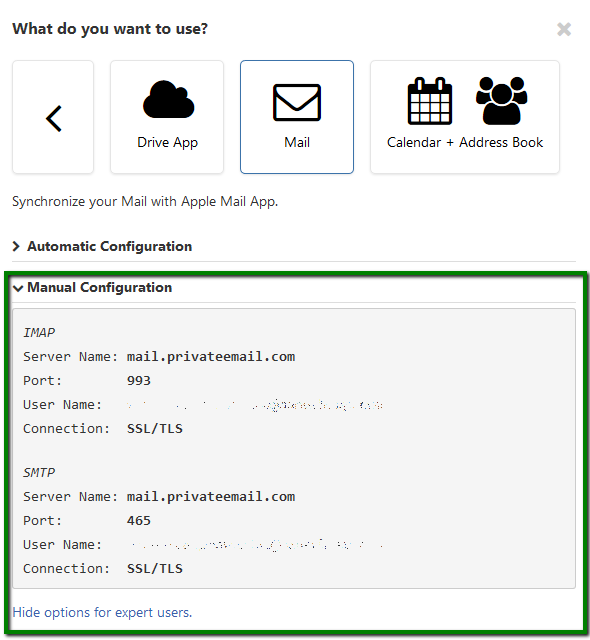


- Apple server settings how to#
- Apple server settings mac os x#
- Apple server settings install#
- Apple server settings full#
- Apple server settings pro#
In an enterprise, server farms provide email, file storage and sharing, web services, and more to employees with racks full of “pizza box” servers connected to mass storage devices. Servers are meant to provide various services to a workgroup. Can you run macOS Server on your desktop Mac? Sure, but realize that hosting email, calendars, and more will take up a lot of resources on your Mac, so it’s best to dedicate a machine specifically to the task of being a server.
Apple server settings mac os x#
Previously known as Mac OS X Server, the app’s name changed to macOS Server along with the release of macOS Sierra.įor $20, anyone with a Mac that meets the minimum hardware requirements can now set up a server. With no more dedicated server hardware, the company chose to turn the formerly pricy server software into an app.
Apple server settings pro#
The Mac Pro is also designated as an Apple “server” model for larger workgroups. In fact, between mid 2010 and late 2012, Apple actually produced a model of the Mac mini specifically designed to run as a server. That makes quite a bit of sense, since the most popular server hardware the company makes is the Mac mini. Related article: macOS in Review: A Look at the First Four Months of SierraĪpple is no longer in the physical server business, having made the last of the expensive rack-mounted Xserve boxes (see image below) back in 2011.
Apple server settings how to#
In future installments, the individual services provided by macOS Server will be highlighted along with step-by-step instructions on how to configure the services while avoiding unnecessary pitfalls.
Apple server settings install#
Today, we’ll cover what macOS Server is all about, the minimum Mac requirements to run macOS Server, and how to purchase and install the app. This is the first in a series of articles for the Rocket Yard in which we’ll show you how to set up your own macOS Server and configure the various services. Have you ever wished that you could run your own Apple Mail server or host a website from your own Mac? How about hosting your own calendar server for a group, or perhaps setting up a VPN server for secure remote access to your home office from anywhere in the world? These services and more can be hosted from almost any Mac with one inexpensive and easily-acquired Apple product - macOS Server. Upgrading macOS Server to High Sierra: You May Not Want To Do It Optional: For Spam and Deleted Mails, change the period after which the folder contents are deleted.Find the entire macOS Server series here! Use the list boxes to set the desired destination mailbox.Select the desired email account in the left sidebar.Click Mail > Settings > Accounts tab > Mailbox Behavior tab.To manage the default mailboxes for versions macOS Sierra 10.12 and later: Repeat step 5 for all mailboxes created in step 3.Use Mailbox > Use this Mailbox as to assign the appropriate function.Select one of the mailboxes you just created.Select Mailbox > New Mailbox from the menu bar and create a mailbox for Advertising, Sent, Drafts, Archive, and Trash.To manage the default mailboxes for versions up to macOS El Capitan 10.11 If you are using a local mailbox, you can only access it on this machine. If you use an IMAP mailbox on a mail server, you can access it from any device on which you have set up the e-mail account. Use the mailbox behavior settings to control which mailboxes and where - on the mail server or locally - are used for this purpose. Setting Default Mailboxes in the Mail AppĪpple Mail uses six default mailboxes in an email account: Inbox, Advertising, Sent, Drafts, Archive, and Trash. Select the apps you want to use with your account and click Done.Please note: If the message Account name/Password could not be verified is displayed, please check your entries for completeness/accuracy. In the Outgoing mail server field, enter .uk and click Log in.If you have set the account type to POP3, enter .uk in the Server for incoming email field.If you have set the account type to IMAP, enter .uk in the Server for incoming email field.We recommend using the default IMAP setting. You can choose between the account types IMAP or POP3. Under Username, enter your email address again.(If you have lost the password to your email account, you can set a new password). Enter your name, IONOS email address, and password and click Log In.Open Apple Mail and click Mail > Add Account.


 0 kommentar(er)
0 kommentar(er)
